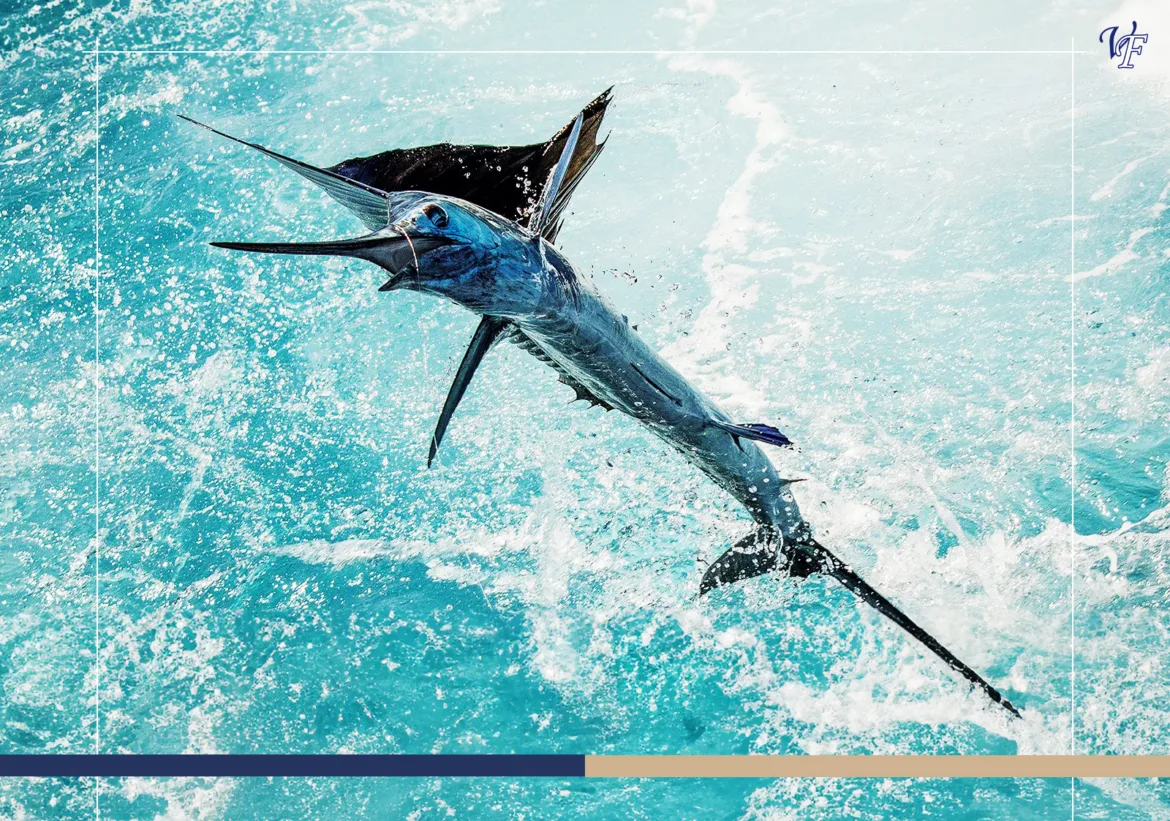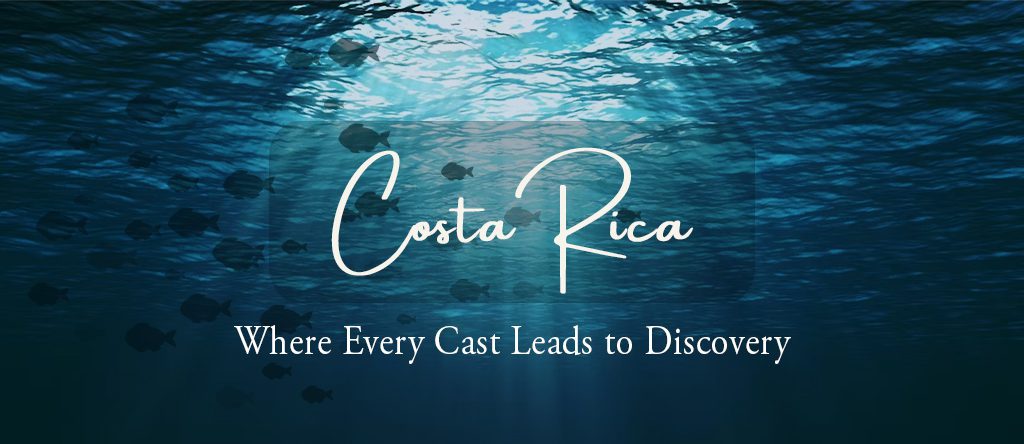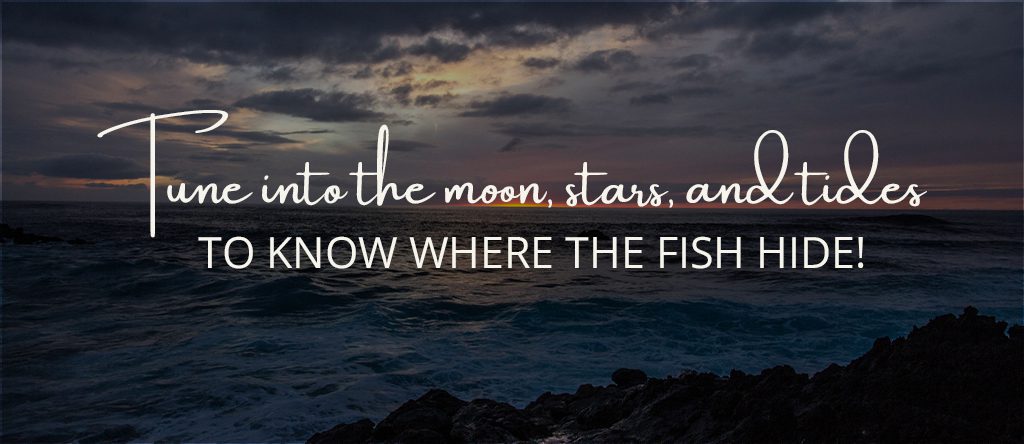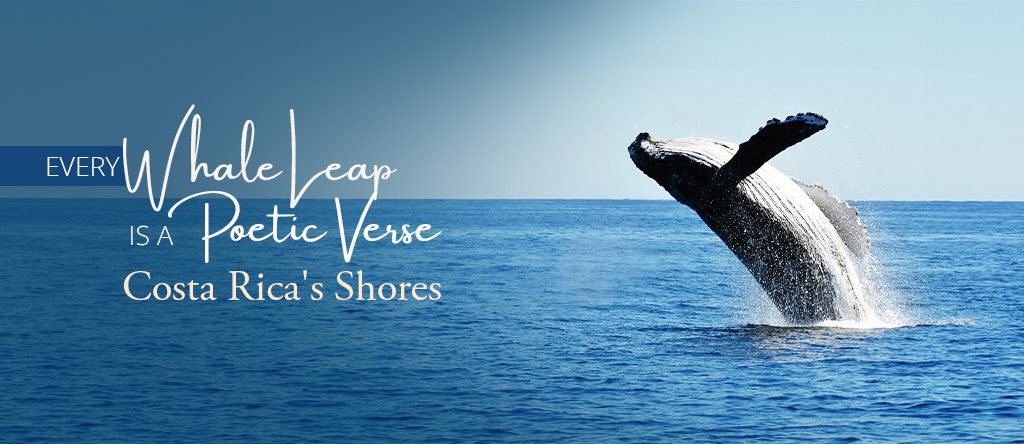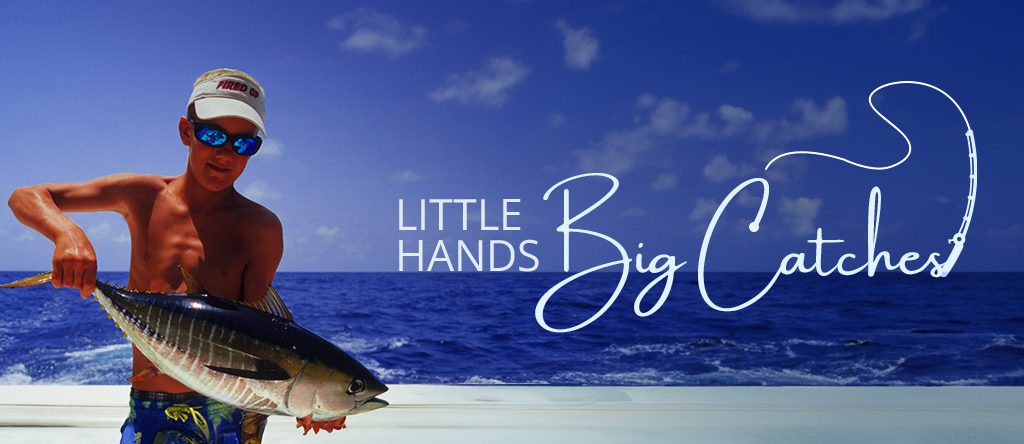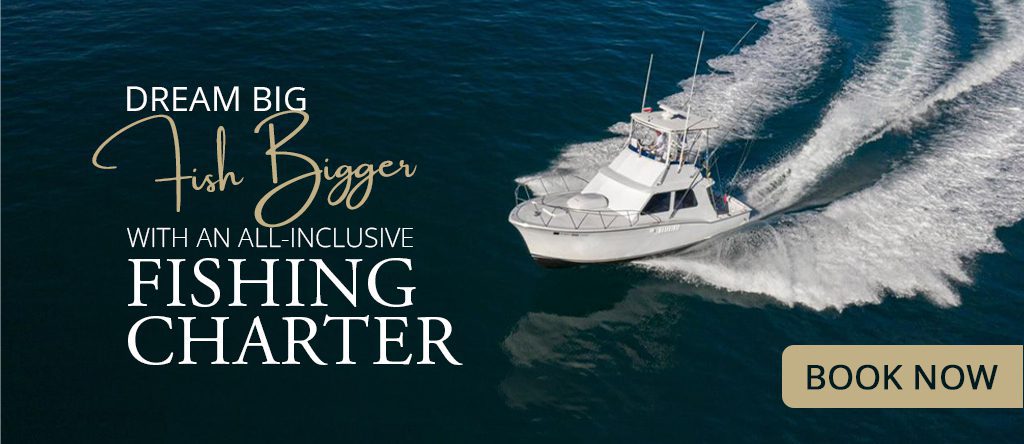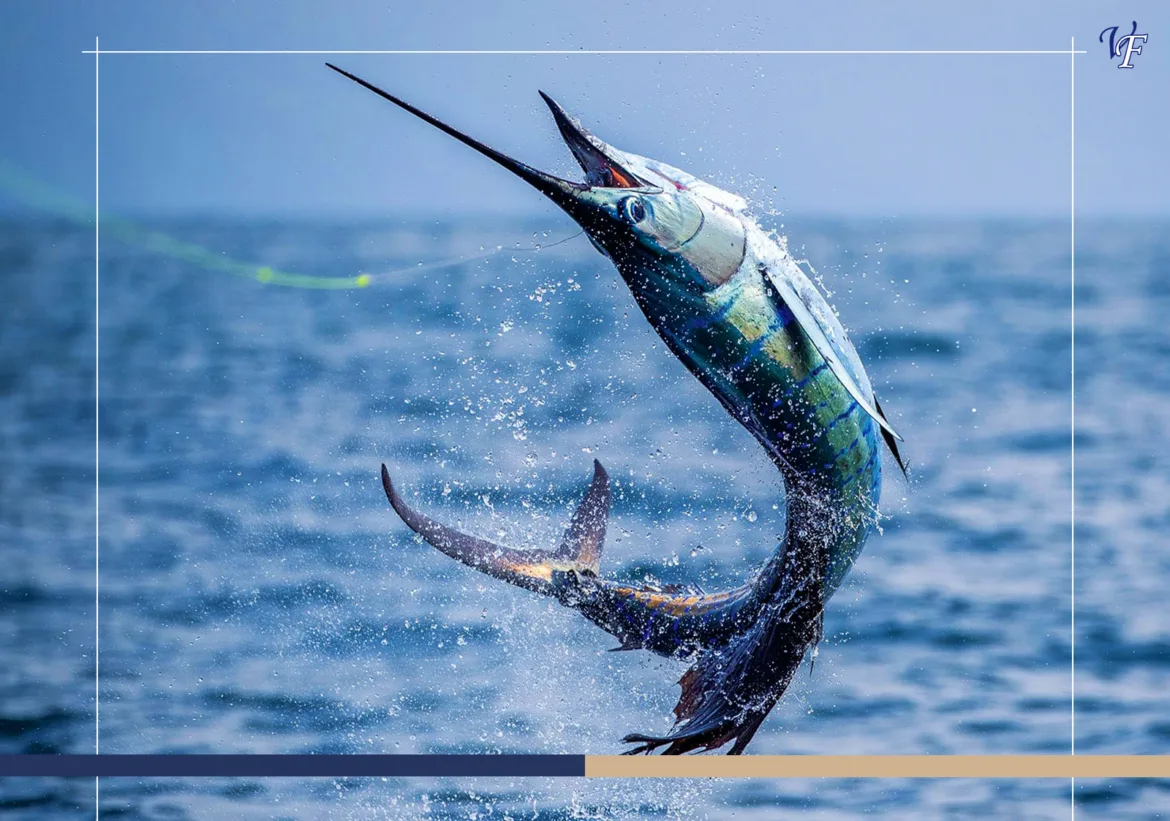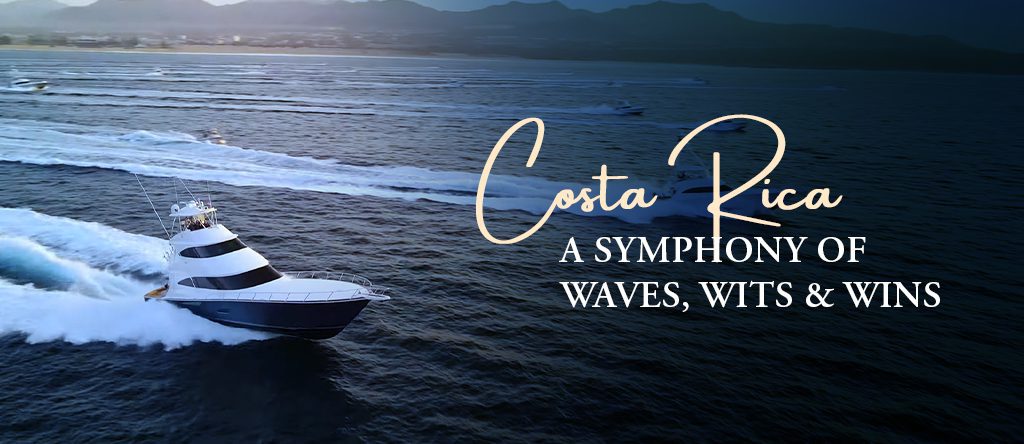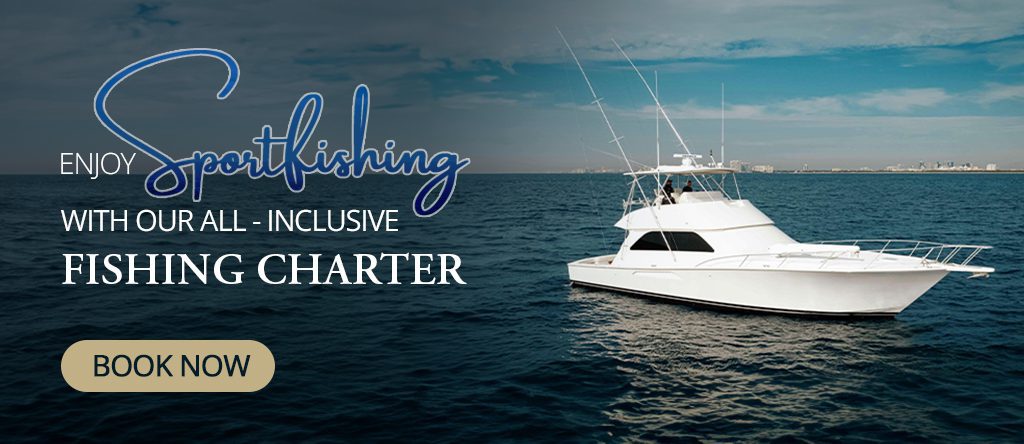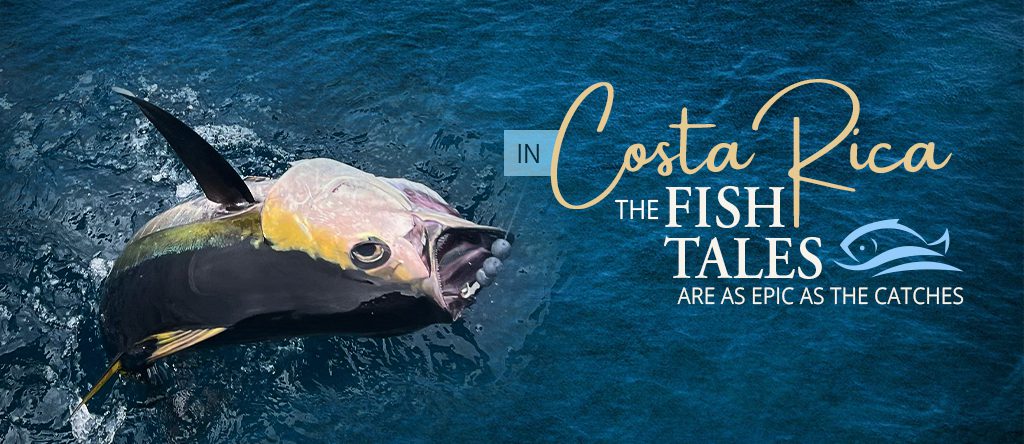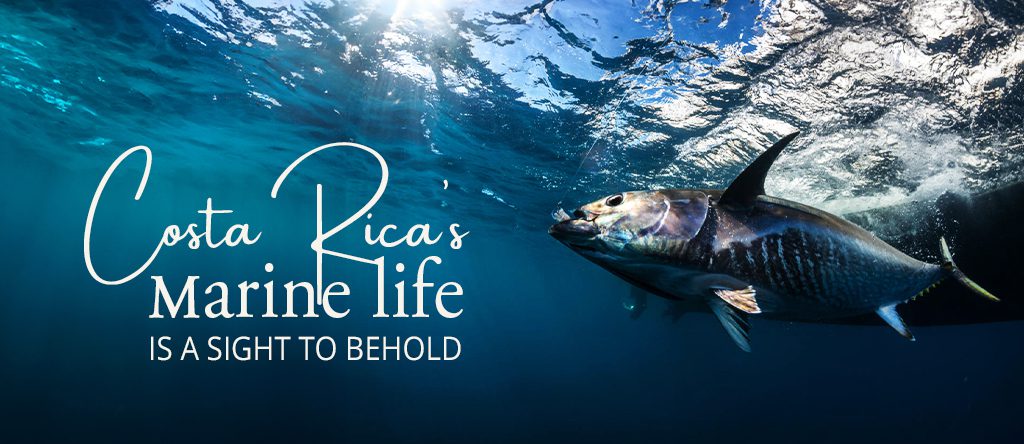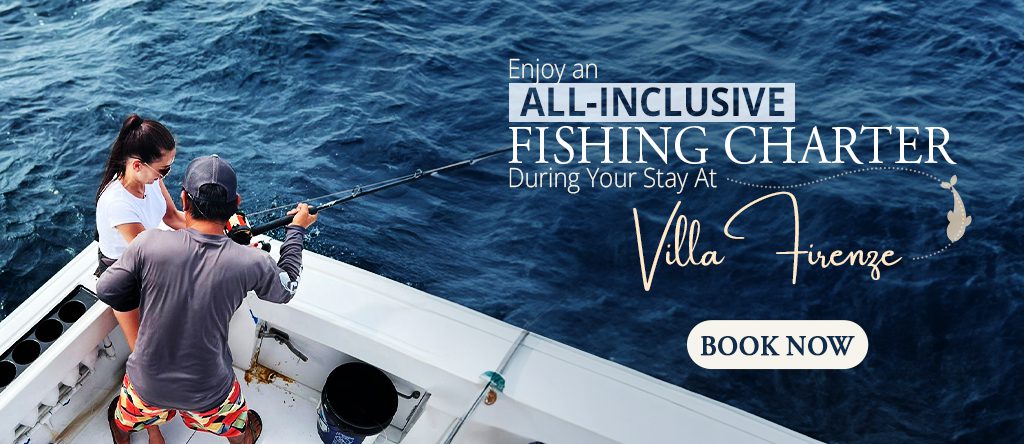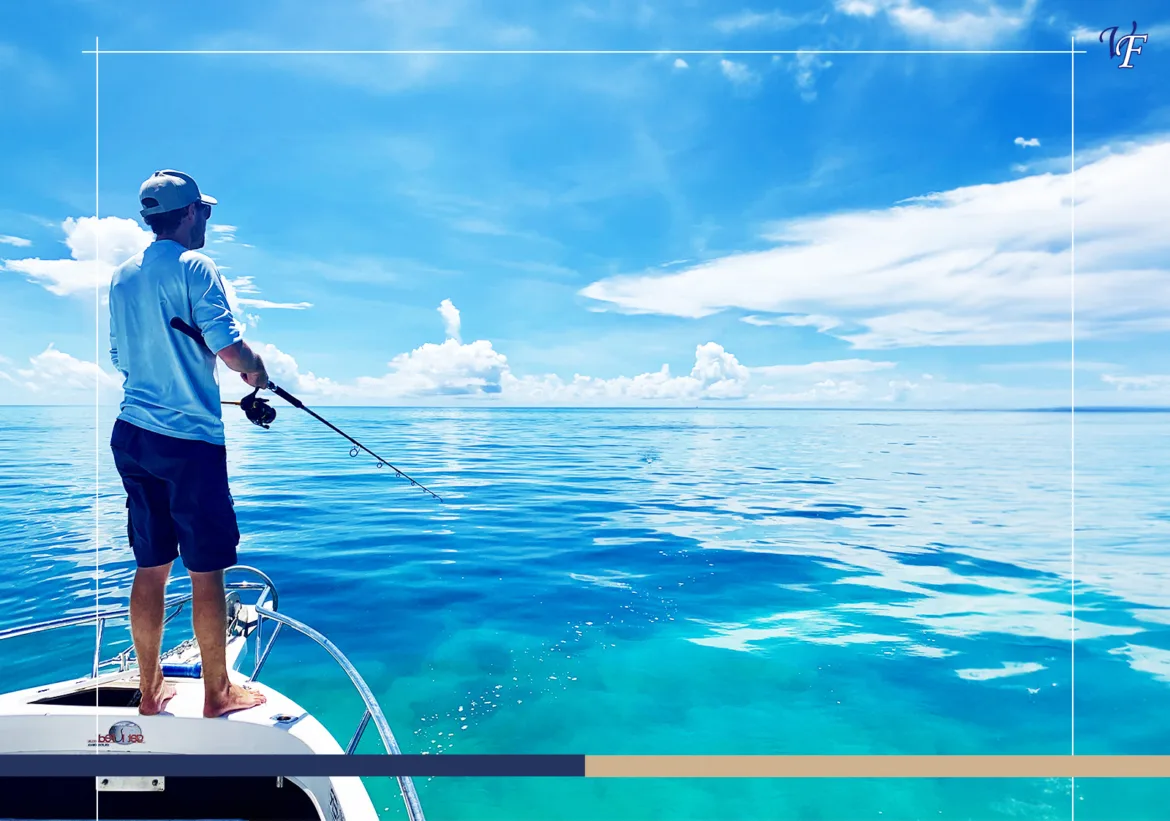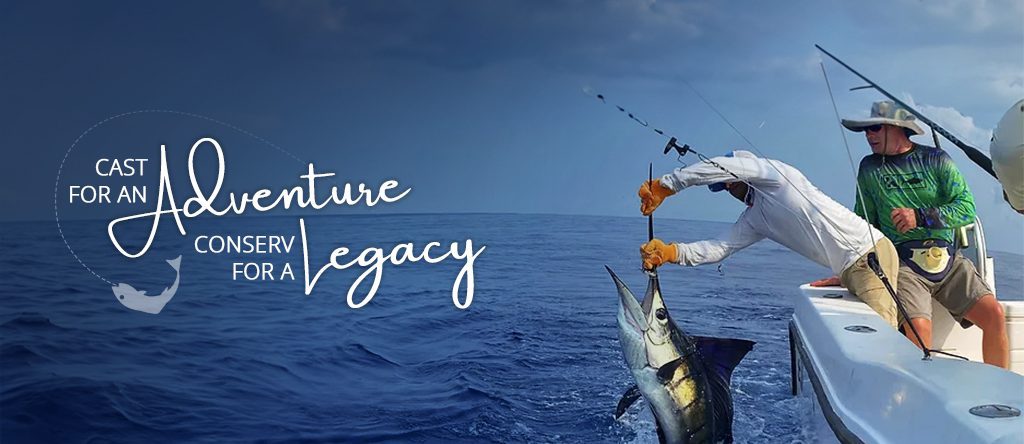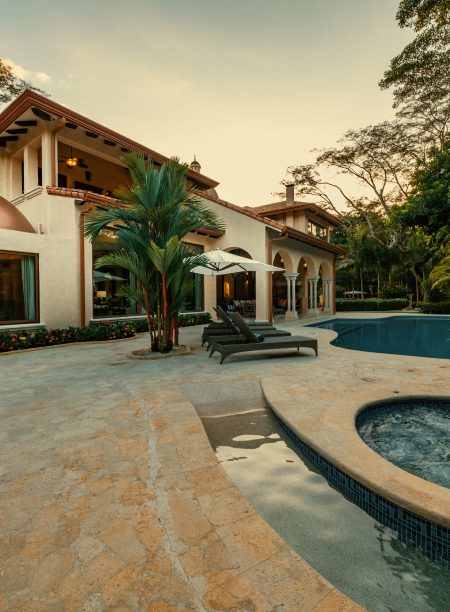Imagine casting your line into the crystal-clear waters, surrounded by lush tropical forests and the sound of waves gently lapping at the shore. This is what awaits you in Costa Rica – a destination revered by anglers worldwide for its rich marine life and spectacular fishing spots.
Whether you’re a seasoned angler or a novice eager to land your first big catch, Costa Rica offers a diverse and exhilarating sportfishing experience. But the wide array of perfect places to stay truly sets the stage for an unforgettable fishing adventure. Your choice of accommodation can make all the difference, transforming a good fishing trip into an extraordinary one.
In Costa Rica, the options are as varied as the fish in its seas. In this blog, we’ll navigate the myriad of accommodation choices in this tropical paradise. Whether you’re looking for the opulence of a luxury resort, the personalized touch of a boutique hotel, the tranquility of an eco-lodge, the homely comfort of a private villa, or budget-friendly options, we have got you covered. Prepare to be hooked by the beauty of this incredible destination and its excellent accommodation options!
Luxury Resorts
A Touch of Elegance Amidst Nature’s Splendors
Luxury resorts in Costa Rica are havens of comfort and elegance, offering unparalleled services and amenities to ensure a lavish and relaxing stay.
Picture yourself waking up to breathtaking ocean views, indulging in gourmet Costa Rican cuisine, and unwinding in sumptuous spa facilities after a day of fishing. These resorts often feature expansive pools, private beaches, and fitness centers, providing an all-encompassing luxury experience.
Some of the best fishing resorts in Costa Rica are strategically located near some of the most coveted fishing spots in Costa Rica. Many offers on-site boat rentals, experienced guides, and exclusive charters to take you to the best locations for marlin, sailfish, and tuna.
Embrace the blend of luxury and adventure as these Costa Rica fishing resorts cater to every detail, ensuring your fishing vacation is as seamless as it is memorable.

Boutique Hotels
Personalized Comfort in a Unique Setting
Boutique hotels in Costa Rica offer a more personalized and intimate lodging experience. These charming hotels are often uniquely themed, showcasing Costa Rican history, art, and culture, providing an authentic and immersive experience. With fewer rooms than larger hotels, boutique establishments focus on delivering exceptional service tailored to individual preferences.
Anglers staying at boutique hotels will appreciate the attention to detail, from custom meal preparations to personalized excursion planning. These hotels often have strong ties to local fishing communities, allowing them to arrange bespoke fishing trips with knowledgeable local guides. Their locations are thoughtfully chosen to provide easy access to prime fishing waters while ensuring a tranquil and exclusive environment for guests to relax and unwind.
Eco-Lodges
Harmony with Nature and Sustainable Comfort
Eco-lodges in Costa Rica are perfect for those who seek a sustainable and nature-centric lodging option. These lodges are designed with environmental conservation in mind, using renewable energy, water conservation methods, and sustainable building materials. By staying in an eco-lodge, you contribute to preserving the stunning natural landscapes and marine ecosystems. You can check these sustainable sportfishing tips to be sure and confident of your efforts in conserving the marine ecosystem.
For fishing enthusiasts, eco-lodges offer a unique advantage. Many are located in close proximity to untouched natural habitats, providing easy access to some of the best coastal and freshwater fishing areas. These fishing lodges in Costa Rica often organize guided fishing tours, allowing anglers to explore hidden gems under the guidance of local experts who know the waters like the back of their hand.
In addition to fishing, guests can enjoy other eco-friendly activities like bird watching, hiking, and white-water rafting, making eco-lodges a holistic choice for those who cherish nature and adventure.
Private Villas
Comfort, Privacy, and Direct Access to Fishing Adventures
Private and safe villas in Costa Rica offer an exclusive retreat for groups or families looking for a more personalized and secluded experience. These private, secluded, and secure accommodations are ideal for those who prefer the comforts of a home away from home. They provide a perfect blend of luxury and convenience with features like fully equipped kitchens, spacious living areas, and private pools.
One of the key advantages of staying in a private Costa Rica villa is direct access to some of the best fishing spots. Whether nestled along the coastline or perched by a serene lake, these properties put you right in the heart of fishing action.
Moreover, the privacy offered by these accommodations means you can enjoy your catch with family or friends in a tranquil setting, away from the hustle and bustle of more crowded locales.
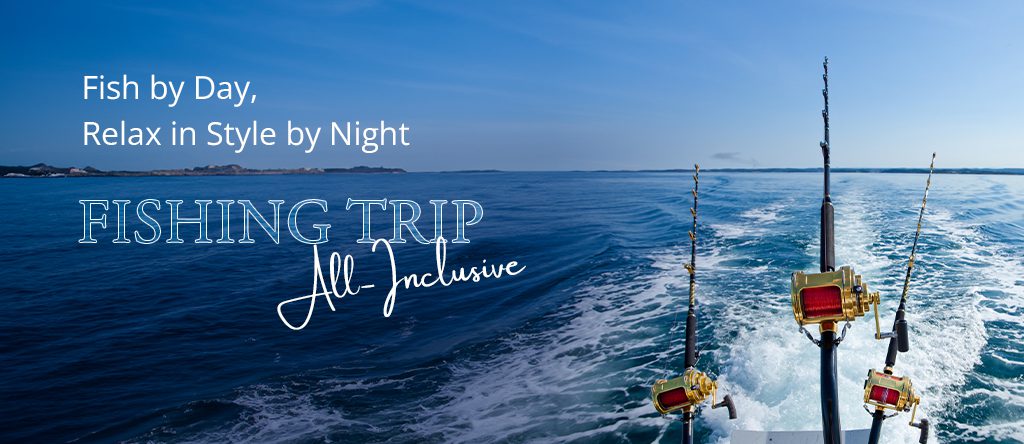
Budget-Friendly Options
Affordable Comfort with Access to Prime Fishing Locations
Costa Rica also offers a variety of budget-friendly accommodation options for anglers who want to experience the thrill of fishing without breaking the bank. Hostels, guesthouses, and bed-and-breakfasts (B&Bs) provide affordable alternatives that do not compromise essential comforts.
These budget accommodations often surprise guests with their warm hospitality and home-like atmosphere. Many are run by locals eager to share their knowledge, including tips on the best fishing spots. While these options may lack the luxury amenities of high-end fishing resorts in Costa Rica, they make up for it with their charm, character, and convenient locations.
A significant advantage of staying in budget accommodations is their proximity to local communities and fishing areas. This proximity not only allows for quick and easy access to fishing spots but also gives guests a chance to immerse themselves in the Costa Rican culture and lifestyle. Whether you’re a solo traveler or a group of friends, these budget-friendly stays offer a practical and enjoyable way to experience the best of sportfishing ever.
Villa Firenze: The Epitome of Luxury Fishing Vacations
Villa Firenze stands out as a premier choice for those seeking an unparalleled luxury fishing vacation in Costa Rica. This exquisite villa is more than just an accommodation; it’s a complete experience that caters to the discerning traveler. Guests at Villa Firenze are treated to an all-inclusive fishing charter, fully equipped with all the necessary fishing gear for a successful day out at sea.
After an exhilarating day of fishing, guests can relax in the villa’s opulent surroundings, where privacy and security are paramount. One of the highlights of a stay at Villa Firenze is the culinary experience. The private chef at the villa is ready to prepare your catch of the day, turning it into a gourmet masterpiece that you can enjoy in the villa’s elegant dining area or al fresco by the pool.
With top-notch amenities and world-class services, Villa Firenze is more than just a place to stay; it’s a destination in itself, offering an exclusive gateway to the best of Costa Rica’s fishing and luxury living.
Tips for Choosing the Right Accommodation
The ideal accommodation is crucial to planning your sportfishing vacation in Costa Rica. It balances comfort, convenience, and proximity to the best fishing spots. So, next time, when you add sportfishing to your Costa Rica travel itinerary 10 days, consider following these tips to find the best stay that aligns perfectly with your fishing goals and personal preferences.
- Prioritize Location: Proximity to prime fishing spots is crucial. Research and select accommodations close to the best fishing areas for the type of fish you’re targeting. This reduces travel time and maximizes your time on the water.
- Align with Your Budget: Determine your budget early and explore options within that range. Remember, Costa Rica fishing resorts all-inclusive offer more amenities, while budget-friendly options like hostels or B&Bs can provide basic comforts at a lower cost.
- Consider Group Size and Needs: Your choice should cater to the size and preferences of your group. Large groups may benefit from the space and facilities of private villas, whereas solo travelers or couples might find boutique hotels or eco-lodges more suitable.
- Look for Fishing-Specific Amenities: Seek out accommodations that cater to anglers. Essential amenities include boat rentals, guided fishing tours, gear storage, and facilities for storing or cooking your catch.
- Book Early During Peak Seasons: Prime fishing spots in Costa Rica can get booked quickly during peak seasons. Early booking ensures you secure your preferred accommodation and often at better rates.
- Leverage Reviews and Recommendations: Use reviews and personal recommendations to gauge the quality of accommodations, especially in terms of their proximity and accessibility to fishing areas and the quality of services provided.
- Embrace Flexibility: You may find better deals or availability if your dates are flexible. Sometimes, staying outside the peak season offers a more peaceful experience with the same incredible fishing opportunities.
- Check for Special Offers and Packages: Many accommodations offer special packages or discounts for longer stays or during certain times of the year. These can include all-inclusive options with fishing excursions, meals, and other activities.
- Understand the Area’s Fishing Calendar: Familiarize yourself with the Costa Rica fishing calendar and understand the local fishing seasons and species patterns. This knowledge can influence your choice of location and timing, ensuring you’re in the right place at the right time for the best fishing experience.

By carefully considering these factors, you’ll be better positioned to select an accommodation that not only meets your comfort and budget needs but also enhances your overall sportfishing experience in Costa Rica. And, if you are traveling to this tropical heaven for the first time, do check out our Costa Rica trip guide for a hassle-free, easy, and memorable vacation experience.
As we reel in our journey through Costa Rica’s diverse accommodation options, it’s clear that this vibrant country has something to suit every angler’s preference and budget.
From the luxury of Villa Firenze to the rustic charm of eco-lodges, each type of stay promises not just a roof over your head but also an integral part of your sportfishing adventure.
Remember, the right accommodation can elevate your experience during this one of the most fascinating Costa Rica adventures, from ordinary to extraordinary. So, as you plan your next fishing escapade in the lush waters of Costa Rica, choose a place to stay that resonates with your spirit of adventure and comfort.



